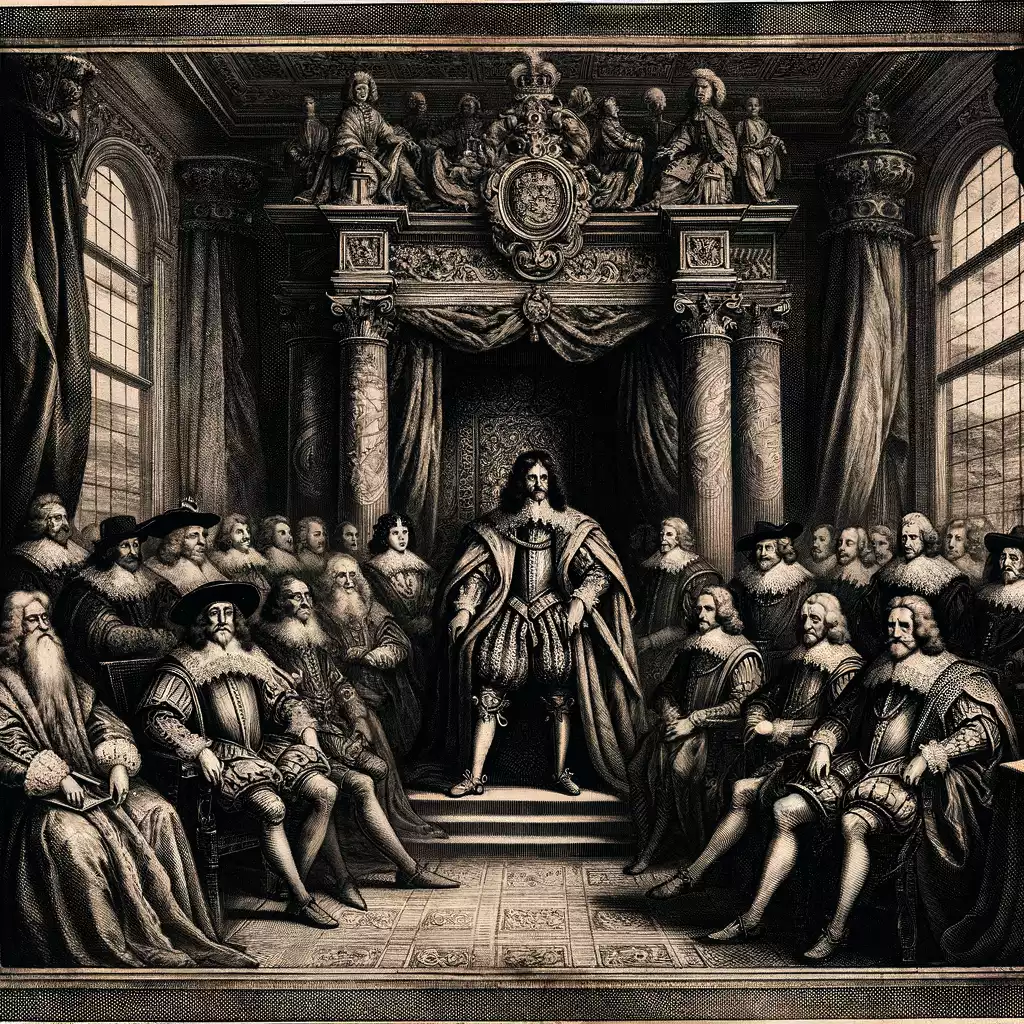
The Dawn of a New Era
The year 1603 heralded a significant turning point in England’s history. Queen Elizabeth I, the last monarch of the Tudor dynasty, breathed her last, paving the way for King James I to ascend the throne. This transition was more than a mere change of monarchs; it represented a profound shift in the religious orientation of the country. King James, hailing from Scotland, brought with him a staunch Protestant ethos, in contrast to Elizabeth’s more moderate approach.
Elizabeth’s reign was marked by a certain level of religious tolerance, an attempt to balance the scales between Protestant and Catholic interests. However, with James’ ascension, this balance was tipped decidedly in favor of Protestantism. The King’s deep-rooted Protestant beliefs were not just personal convictions but became a cornerstone of his policies. He envisaged a united church for England and Scotland under the Protestant banner, a vision that would deeply influence the religious landscape of the country.
One of the most enduring legacies of King James I’s reign was the commissioning of the King James Bible in 1604. This monumental work was not just a literary masterpiece but also a tool for solidifying Protestant doctrine. The translation project, involving some of the era’s most learned scholars, sought to create a Bible that was accessible to the English-speaking public, thereby promoting Protestant teachings and literacy.
The reverberations of this shift were not confined to religious spheres alone. It had profound political implications, laying the groundwork for future conflicts and shaping the socio-political narrative of England. King James I’s reign was a period of complex religious reorientation, an era that witnessed the firm establishment of Protestantism as the dominant force in English religious life.
The Lingering Influence of King James I
The influence of King James I extended beyond his lifetime, leaving a lasting impact on England and its culture. His reign saw the strengthening of the monarchy and the centralization of power, which would later influence the English Civil War and the development of constitutional monarchy. Moreover, King James’ advocacy for the union of England and Scotland laid foundational stones for what would eventually become the United Kingdom.
King James’ interest in witchcraft and the supernatural also marked his reign. His treatise, “Daemonologie,” published in 1597, reflected his fascination and fear of witchcraft, significantly influencing the witch hunts that swept across both England and Scotland. This aspect of his reign, often overshadowed by his religious contributions, highlights the complexities and contradictions of his character and rule.
Furthermore, King James’ patronage of the arts, especially theatre, contributed to a flourishing of culture during his reign. The era saw the works of William Shakespeare and other playwrights reach new heights, partially owing to royal support and interest. The King’s own poetic and scholarly works, albeit less celebrated, also speak to the intellectual and cultural vibrancy of the time.
King James I’s reign, starting with his ascension in 1603, was a period of profound transformation for England. It was characterized by a distinct shift towards Protestantism, the commissioning of the King James Bible, a strengthening of monarchical power, and a rich cultural flourishing. His influence, both positive and controversial, has echoed through the centuries, shaping the religious, cultural, and political landscape of England.
References
Lynch, Michael. “The Oxford Companion to Scottish History.” Oxford University Press, Accessed 14 January 2024.
Mason, Roger A. “James VI and I, the Church of Scotland, and British Ecclesiastical Convergence.” The Historical Journal, Accessed 18 January 2024.
Patterson, Annabel. “King James VI and I and the Reunion of Christendom.” Cambridge University Press, 1997.
